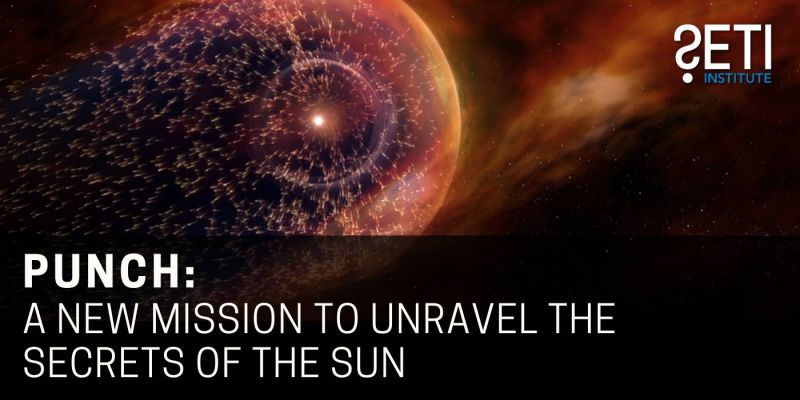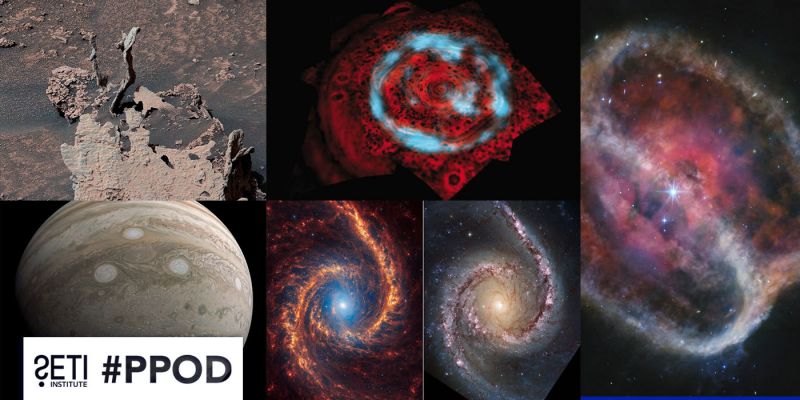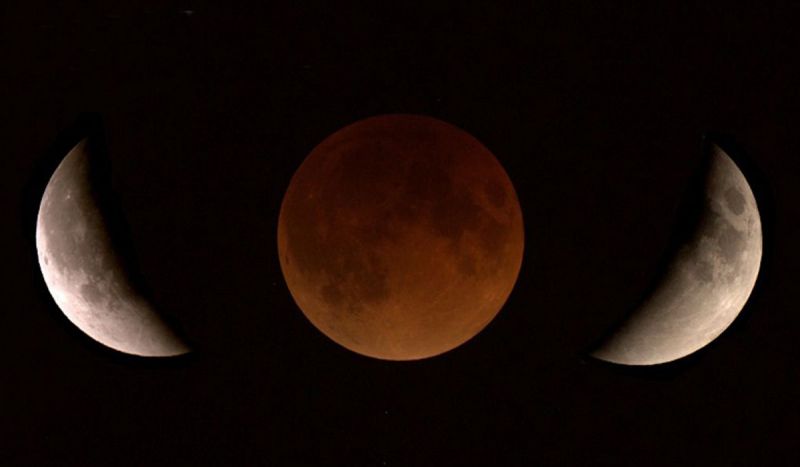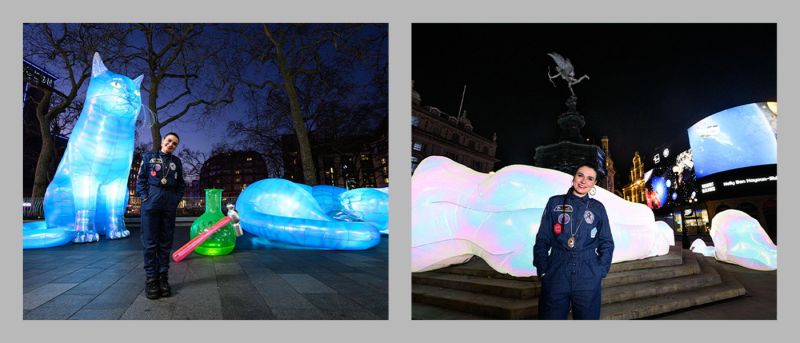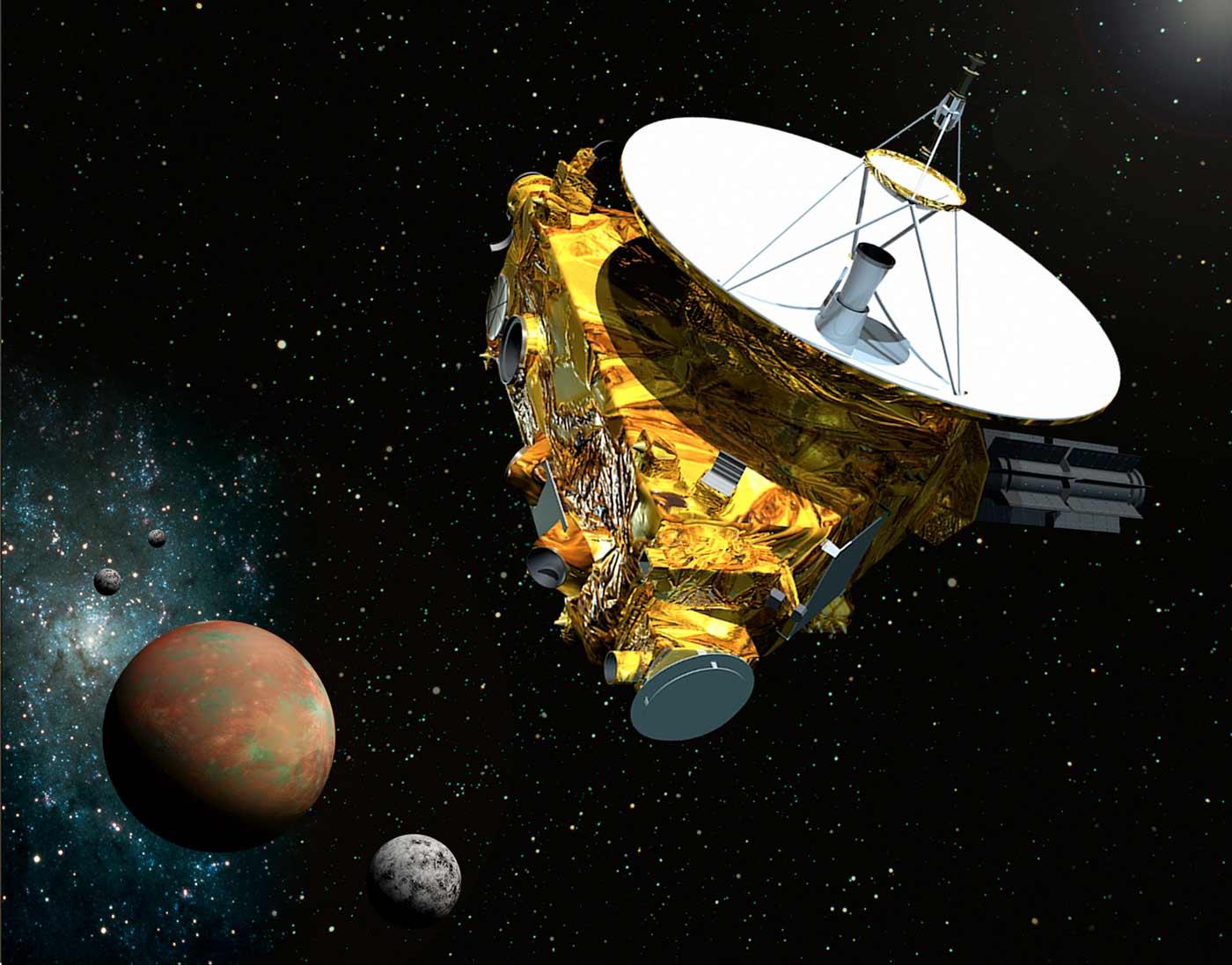
Excitement is mounting as NASA’s New Horizons probe closes the distance to Ultima Thule, a distant Kuiper Belt Object, which on January 1st will be the farthest object in the Solar System ever to be visited by a spacecraft. New Horizons launched back in 2006, and has conducted fly-by missions of Jupiter and Pluto, and now its extended mission takes it to the furthest edge of human exploration: a billion miles beyond Pluto to an object designated (486958) 2014 MU69 (its more succinct nickname, Ultima Thule, was based on results of a public naming campaign, and means a place "beyond the known world”). Researchers hope it may offer insight into the conditions during the beginning of our planetary system, as it is part of a pristine and ancient class of celestial objects that ring the Solar System.
Mark Showalter, senior research scientist and fellow at the SETI Institute and discoverer of six moons and three planetary rings, is on the New Horizons hazard team tasked with keeping the probe on a safe path to its destination. Speaking to a packed auditorium at Victor Valley College in November, Showalter said, “I can’t tell you what we’re going to see exactly, but I can pretty much guarantee you it’s going to be exciting.”
Showalter isn’t the only one who thinks so – according to Spaceflight Insider, Brian May, lead guitarist of Queen and astrophysicist, will release a new music video on January 1st in honor of New Horizons. But you can celebrate even sooner, as Geek.com reports, by selecting a greeting the mission team will beam to the probe. Submissions will be accepted until December 21, 2018.
- Victorville Daily Press: Beyond the borders of the known world
- Spaceflight Insider: New Horizons course correction puts spacecraft on target to Ultima Thule
- Geek.com: ‘Beam’ Your Support To New Horizons Ahead of Historic Flyby
- Beyond Pluto: Beam Your Greeting to Ultima Thule as New Horizons Flies by On New Year's 2019!
- Daily Mail: New Horizons will Reach the Distant Asteroid Ultima Thule on New Year’s Day
- The Daily Express: NASA news: New Horizons closes in on asteroid more than FOUR BILLION miles from Earth
- Big Picture Science: Space Rocks!
- SETI.org: Introducing "Ultima Thule": NASA's Ultimate Destination in the Kuiper Belt!
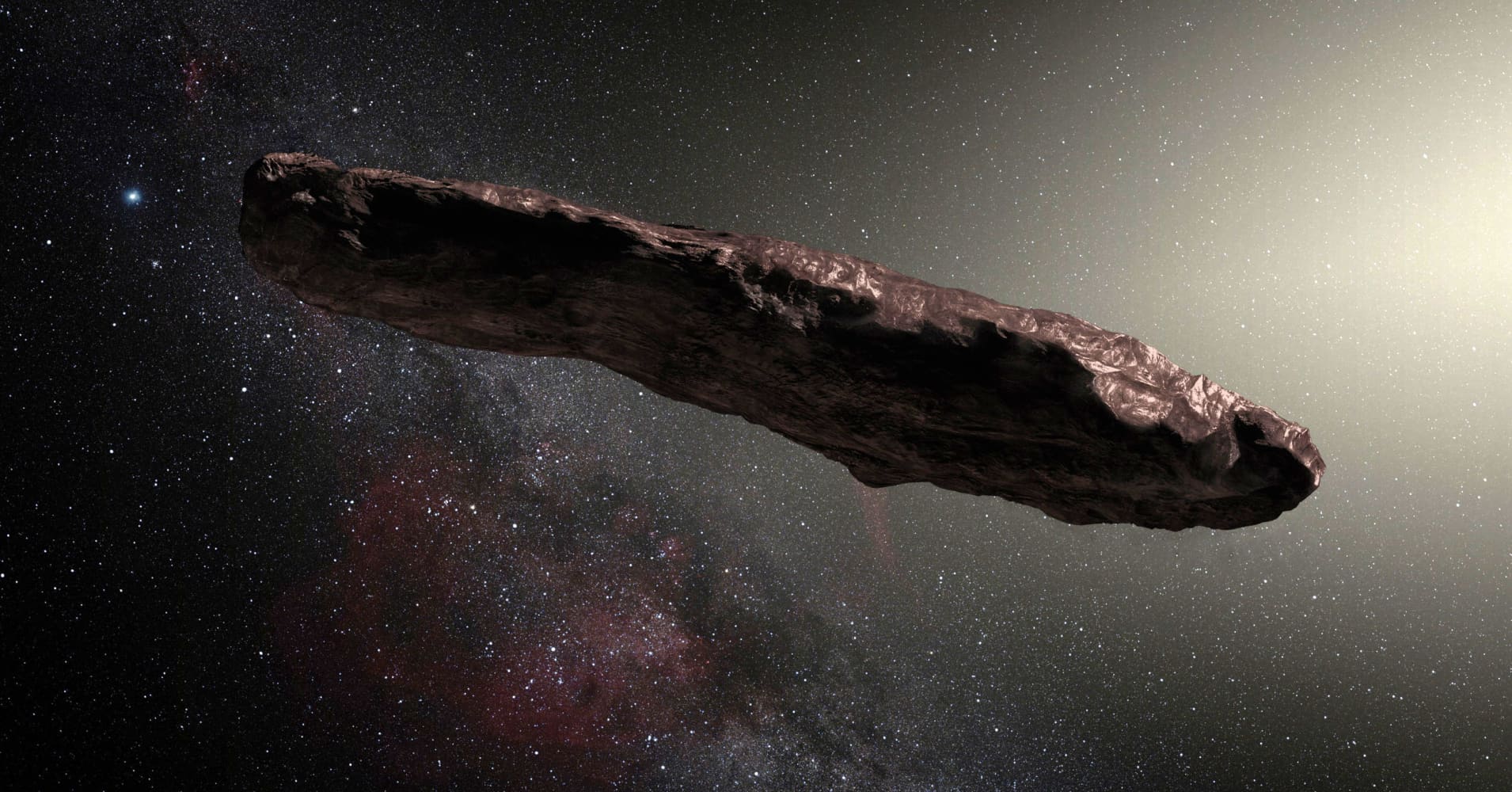 Search for Artificial Signals from ‘Oumuamua
Search for Artificial Signals from ‘OumuamuaSETI Institute scientists observed ‘Oumuamua using the Allen Telescope Array (ATA), a radio telescope array used by the SETI Institute to conduct signal searches. Gerry Harp, then a research scientist for the SETI Institute, is lead author of the paper describing observations on ‘Oumuamua, which continues to attract interest across the web. A SETI Institute press release, which has been widely picked up, shared Harp’s account of the study:
“We were looking for a signal that would prove that this object incorporates some technology – that it was of artificial origin,” says Gerry Harp, lead author of a paper to be published in the February 2019 issue of Acta Astronautica. “We didn’t find any such emissions, despite a quite sensitive search. While our observations don’t conclusively rule out a non-natural origin for ‘Oumuamua, they constitute important data in assessing its likely makeup.”
‘Oumuamua is now beyond the reach of our most powerful instruments, and questions about its nature are likely to remain unanswered.
- Outer Places: SETI Confirms: 'Oumuamua Asteroid Is NOT Sending Detectable Radio Signals
- Tech Times: Is ‘Oumuamua An Alien Spacecraft? SETI Finds No Artificial Signal from Interstellar Object
- EarthSky: Radio search finds no artificial emissions from ‘Oumuamua
- New Atlas: SETI confirms that 'Oumuamua isn't signaling us
- Sci-news.com: SETI Astronomers Find No Evidence for Artificial Transmitters on Oumuamua
- SETI.org: A Radio Search for Artificial Emissions from 'Oumuamua
- SETIQuest.info: SETI Signal Searching, The Allen Telescope Array, Hat Creek Radio Observatory
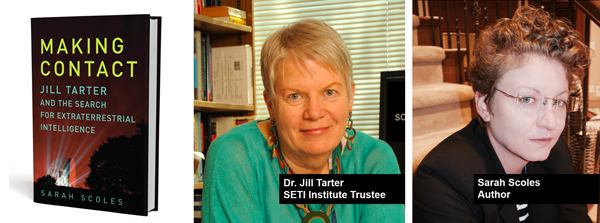 Physics Today Highlights ‘Making Contact’
Physics Today Highlights ‘Making Contact’Physics Today put out its annual review of notable books for 2018, which included “Making Contact: Jill Tarter and the Search for Extraterrestrial Intelligence”, by Sarah Scoles. The book profiles the SETI pioneer and astronomer who now serves as Chair Emeritus for SETI Research at the SETI Institute:
The lively biography follows Tarter from her days as a student at Cornell and into her pioneering career searching for signs of extraterrestrial life. Scoles, a longtime admirer of Tarter’s work, also highlights the way she has mentored and inspired female scientists. Shelley Wright praised Scoles’s skilled handling of both biographical and scientific details and said the book “will engage both amateur science enthusiasts and the most seasoned physicists.”
- Physics Today: The year in reviews: Books and more that stood out in 2018
- SETI.org: Making Contact: Jill Tarter and the Search for Extraterrestrial Intelligence
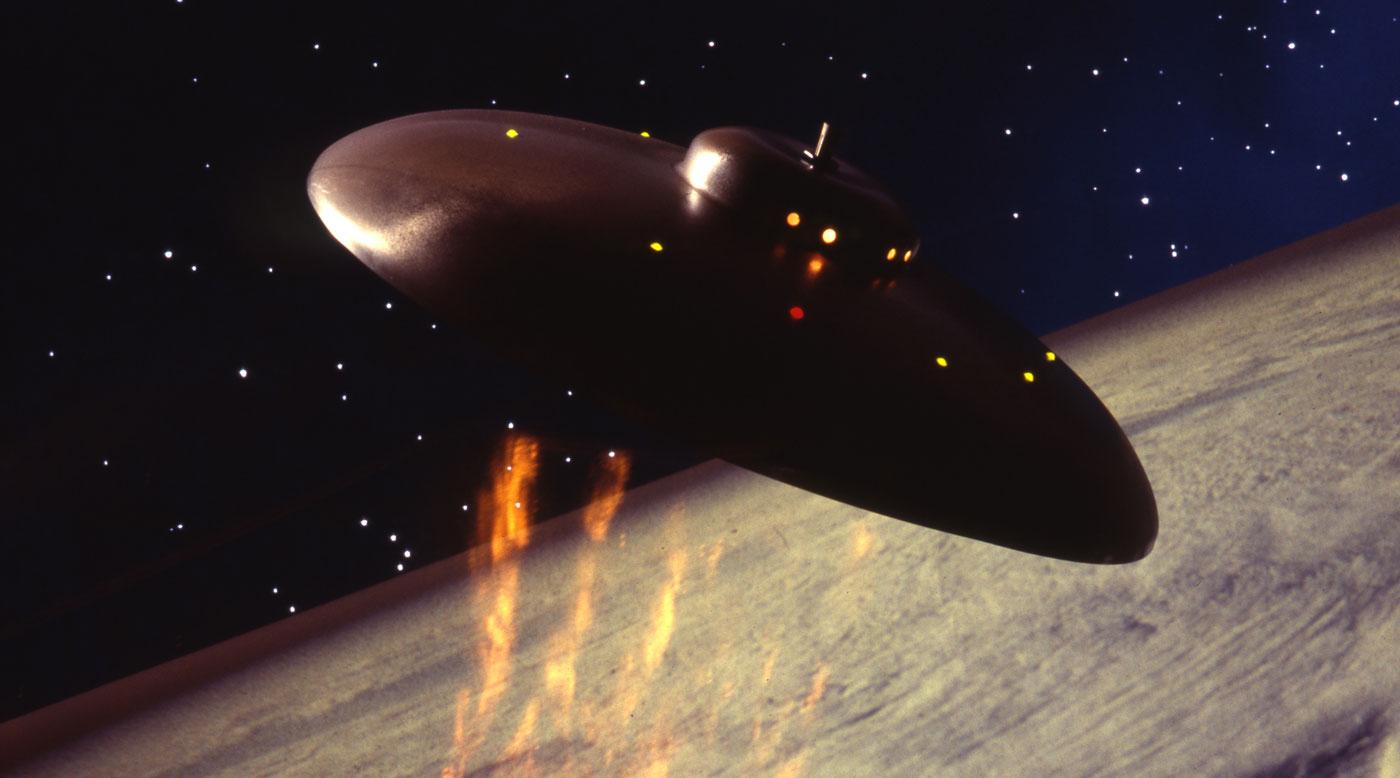 Seth Shostak on “Aggressive” Search for E.T.
Seth Shostak on “Aggressive” Search for E.T.In March of 2018 a SETI Institute workshop, titled “Decoding Alien Intelligence”, brought together more the 50 researchers from a wide array of scientific disciplines and featured expert speakers presenting on everything from astronomy and astrobiology, to machine learning and animal intelligence. Its goal was to call on the vision of leading experts for a new blueprint for SETI research. A NASA researcher who presented there, Silvano Colombano, suggested certain speculations about the limits of extraterrestrial technology could cause researchers to overlook unlikely but valuable data. Seth Shostak, senior astronomer at the SETI Institute, wrote a commentary on Colombano’s paper, which suggests that, while extremely unlikely, the possibility exists that extraterrestrials may have already visited Earth. This stunning statement is based on speculation that perhaps - rather than biological intelligence whose interstellar travels would be severely limited by mortality – any space-faring intelligence is likely to explore in the form of intelligent machinery. Shostak notes that a self-repairing artificial intelligence would be able to travel the vast distances of space without hurry:
This has a profound consequence. Earth has been trundling around the sun for more than 4 billion years. Even at the modest speed of a NASA rocket, that’s more than enough time to get to our planet from anywhere in the Milky Way Galaxy. If the passengers don’t mind spending billions of years in a middle seat, they could to it.
Shostak concludes that the idea of an artificial alien intelligence visiting Earth “doesn’t violate physics”, but remains skeptical that there is verifiable evidence to claim, as many UFO enthusiasts do, that we are being visited at the moment:
Of course, a scientist would consider such a suggestion of interest only if it could be corroborated by observation. Bright ideas are nice, but evidence rules.
Big Picture Science
In last week’s episode, learn how personal ambitions, political posturing, and other human foibles can undermine scientific pursuits in an encore presentation of Skeptic Check: Science Breaking Bad. On our previous week’s episode, delve into the nature of human creativity in an encore of Creative Brains.
Last week on Facebook Live, SETI Institute astronomer Franck Marchis was live from the #AGU18 to talk about Enceladus with Matin Golozar (UC Berkeley, SSL), Frank Postberg (Freie Universitat, Berlin), and Carolyn Porco (SSI, UC Berkeley Visiting Fellow). Videos of all past Facebook Live events can be found on our Facebook page: https://www.facebook.com/SETIInstitute/
- 223rd Meeting of the American Astronomical Society (AAS): January 6-10, 2019 Seattle, WA Several SETI Institute scientists will be participating.
- American Association for the Advancement of Science Annual Meeting: February 14-17, 2019
- Kepler &K2 Science Conference V: March 4-8, 2019, Glendale, CA
- 50th Lunar and Planetary Science Conference: March 18-22, 2019, The Woodlands, TX


